The World Bank has a great cosmopolitan air to its name – not like one of those parochial institutions like the US Federal Reserve or the European Central Bank. This is the world organisation.
However, the World Bank turns out to be just another Woke UN institution. Its original rationale was to provide long-term loans to foster infrastructure in third-world countries. Water, energy, and health were major disbursement areas.
Nowadays any energy funding would exclude hydrocarbons. Indeed ‘sustainable development’ and ‘transition’ are key objectives – both are, of course, code for replacing fossil fuels with renewables. Nuclear is excised from the Bank’s vocabulary.
The premise of the World Bank’s 2021–25 Climate Change Action Plan is that ‘climate change and sustainable development must be tackled together to deliver on our goals of reducing poverty and boosting shared prosperity’. Demonstrating an Albanese-style gullibility, it attributes increased wildfires in Canada and floods in Pakistan to inadequate progress on this front. And, demonstrating a total lack of consistency, it also sees mankind’s use of fossil fuels as also bringing drought in Africa, Europe, and India.
Placing increased costs on carbon emissions is the policy it favours and is seeking to broaden this beyond energy, noting with approval, ‘New Zealand is set to become the first country in the world to price agricultural emissions from 2025.’
Invariably, the Bank’s advice to the developing world is to eradicate coal and other hydrocarbons from power supply, and unless that advice is followed there is no funding available. Among its striking successes is having helped South Africa’s efforts to shift from a coal-based electricity system with among the lowest costs in the world to one that is subject to constant blackouts for many hours per day. Not that South Africa’s notoriously corrupt government needed help to achieve that outcome!
Its annual action plans report ‘progress’ towards reducing carbon dioxide emissions and evaluate different countries’ policy efforts. In doing so, it measures the tax effect of different countries’ carbon taxes plus the tax effects of their emission trading schemes (ETS). ETS schemes, like Australia’s Large Scale Renewable Energy Target, impose a cost on emissions and a benefit on those activities that are defined as avoiding them.
Combined ETS and carbon taxes result in some very high rates, though few reach the ‘2030 price corridor’ of $A81-152 that it considers necessary if the world is to be saved from climate Armageddon. In the EU, the ETS carbon tax equivalent is $A120 per tonne which covers 60 per cent of EU emissions; in addition, some members have carbon taxes – $A53 per tonne in the case of Germany and $A67 for the Netherlands. The UK’s combined carbon tax and ETS is $A143 per tonne.
Relatively low carbon tax equivalents are found in China at $A9 (double that in Shenzhen province), Korea $A12, and Japan $A3 (though $A8 for Tokyo). US federal taxes consequent upon the recently legislated ‘Inflation Reduction Act’ are not estimated, but some states already have schemes – those presently operating in California is estimated as a $A40 tax.
Deferring to government political sensitivities, Australia’s measures have not been included in the World Bank analyses of tax and ETS measures. A rationale for this is that our own schemes are based on ETS systems that address requirements to replace gigawatt hours of fossil fuel-derived electricity by wind and solar rather than emissions of carbon dioxide. However, the report notes Australia’s new Safeguard Mechanism is a pure rate-based ETS.
Converting the Commonwealth’s renewable energy subsidies into carbon ETS is equivalent of $A48 per tonne; there is in addition a carbon tax equivalence of other government support for renewables that amounts to a further $A32 per tonne. The Safeguard Mechanism will markedly increase the aggregate Australian tax.
Current tax rates are illustrated below
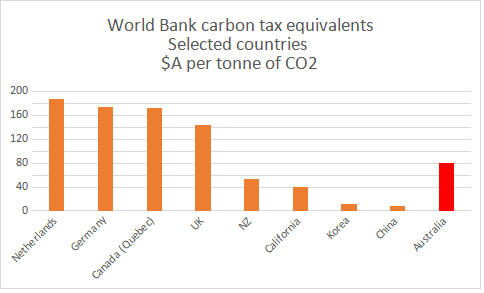
Notwithstanding the World Bank’s rhetoric and blandishments and the billions of subsidies to wind and solar, as Robert Bryce demonstrates those nations (mainly in Asia), steadfastly seeking increased levels of income are doing so by using coal, the cheapest form of energy. This offers them intrinsically lower-cost energy. Moreover, given the closing-off of cheap coal (and gas) derived energy by the US, EU, Australia and others, nations powering their industries with coal obtain a competitive advantage over nations self-harming by forcibly replacing coal and gas by fundamentally high cost low reliability wind and solar.
Got something to add? Join the discussion and comment below.
Get 10 issues for just $10
Subscribe to The Spectator Australia today for the next 10 magazine issues, plus full online access, for just $10.

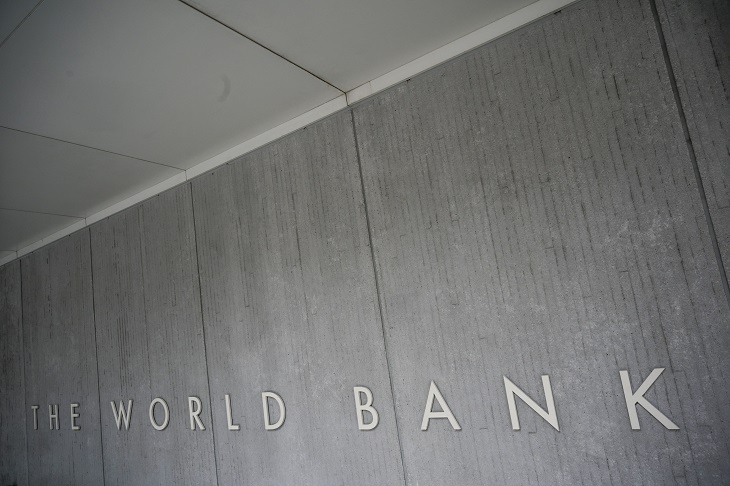
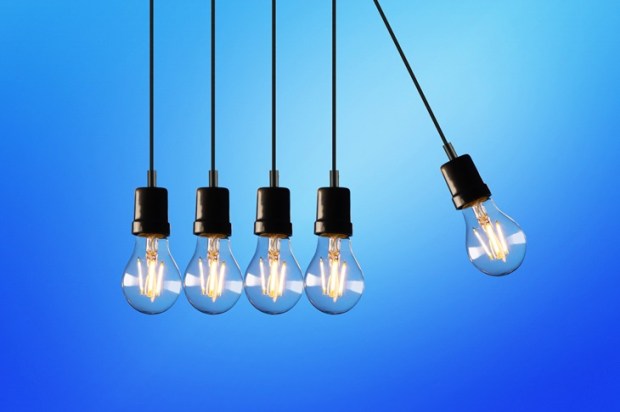
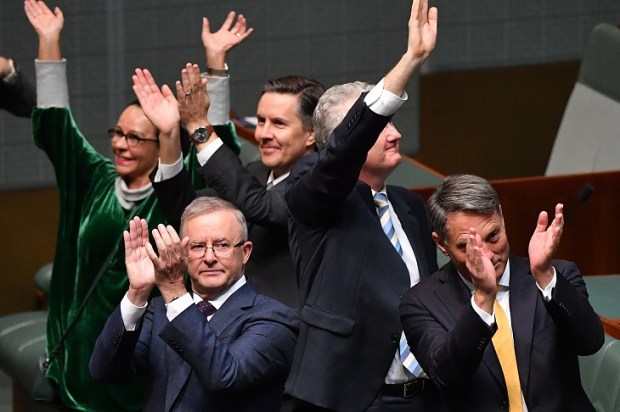
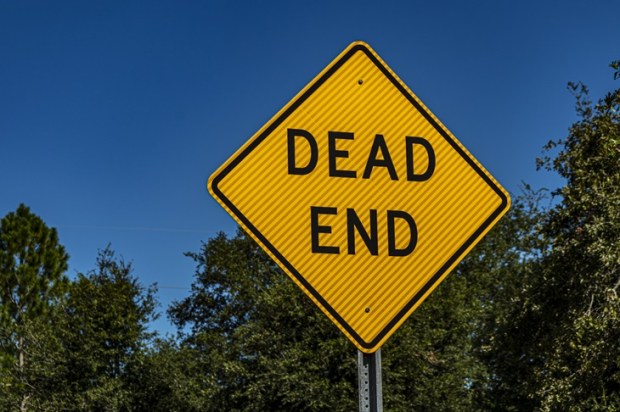
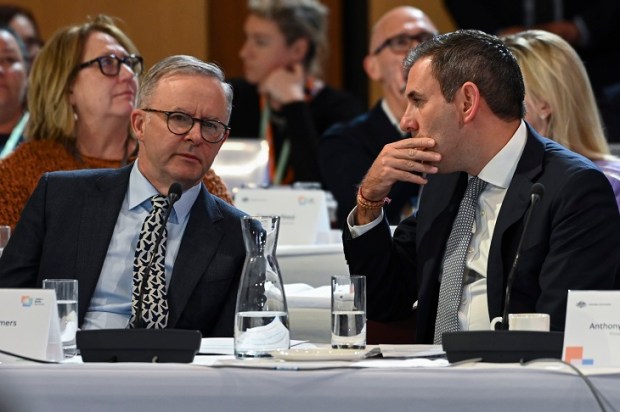



















Comments
Don't miss out
Join the conversation with other Spectator Australia readers. Subscribe to leave a comment.
SUBSCRIBEAlready a subscriber? Log in